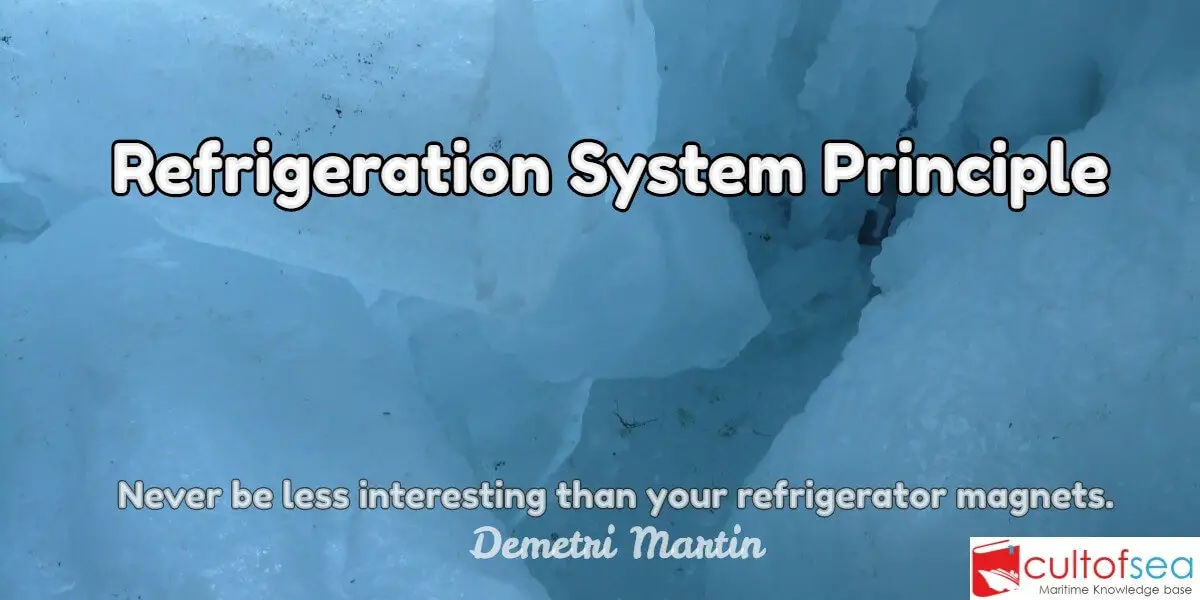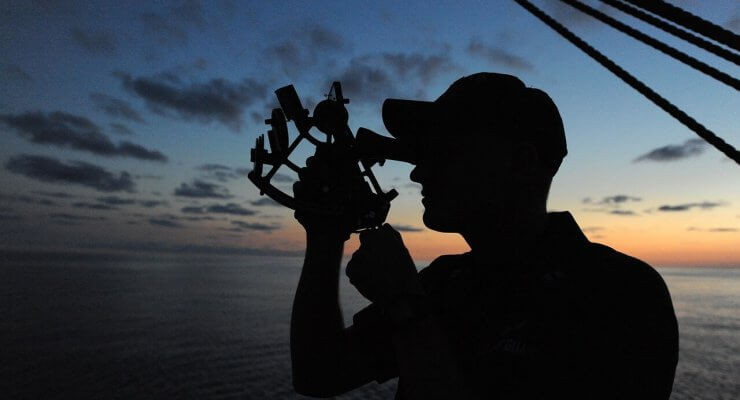PRINCIPLE OF REFRIGERATIONJust as the natural flow of water is from a high level to a low level, the natural flow of heat too is from a body at high temperature to a body at a low temperature, and just as we would need a pump to reverse the flow or pump water upwards, we need mechanical work to be done or a heat pump to transfer heat from a body at a low temperature and give it to a body at a high temperature. In a refrigeration system, gas at a high PR. P¹, low vol. V¹ & high temp T¹ (35°C to 40°C) is obtained from the compressor. It is allowed to expand slightly & cool in … [Read more...]
Marine Sextant – Principle and Errors
A sextant is merely an instrument that measures the angle of a heavenly body (star, planet, sun and moon) makes with the visible horizon or the vertical or horizontal angle between two terrestrial objects. It derives its name from the arc at the bottom which is one-sixth of a circle. The principles of a sextant are easy to master but its use requires some skill and practice. Small errors make for large discrepancies in one's position.The trick is to make the celestial body just brush the horizon by a sweeping motion by the wrist - and herein lies somewhat of a knack. The principle of … [Read more...]

